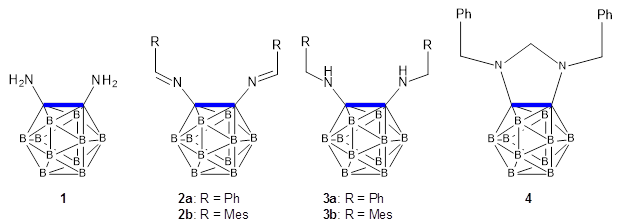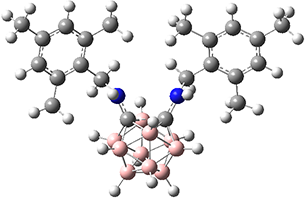Cody Aldaz, Joshua A. Kammeraad and Paul M. Zimmerman (2018)
Photochemistry is becoming an increasing important synthetic tool but is significantly harder to study computationally than thermal chemistry. Zimmerman and co-workers have developed a new tool that promises to help change that.
Highlighted by Jan Jensen
Photochemistry is becoming an increasing important synthetic tool but is significantly harder to study computationally than thermal chemistry. Zimmerman and co-workers have developed a new tool that promises to help change that.
The method uses a growing string method (usually used to find TSs) to locate minimum energy conical intersections (MECI), the lowest energy point where the excited state PES intersects the ground state PES. Ground state geometry optimisation starting from the MECI structures are then used to identify the products of the photochemical reaction. Crucially, the method doesn't just find the MECI closest to the reactant structure, but considers several search directions.
One has to define a driving coordinate but this can be automatically determined by generating several possible products, e.g. using Zimmerman's ZStruct method. As far as I know the molecule is not in thermal equilibrium on the excited state PES, so I am not sure one can use the relative energies of the MECIs to predict a product distribution. Still, an important step forward.

This work is licensed under a Creative Commons Attribution 4.0 International License.

This work is licensed under a Creative Commons Attribution 4.0 International License.





